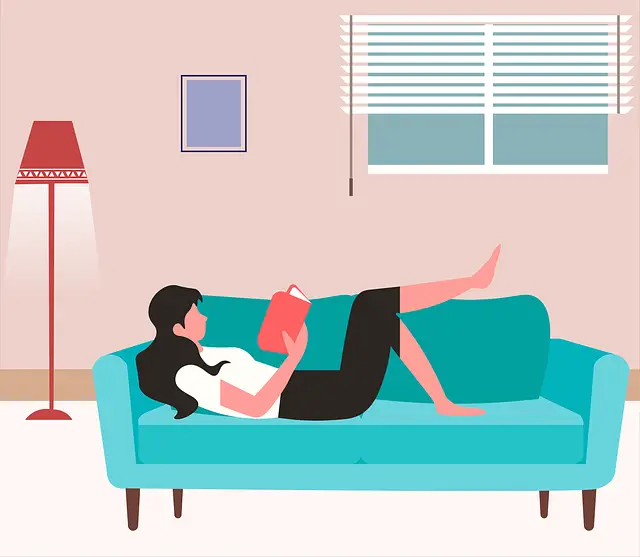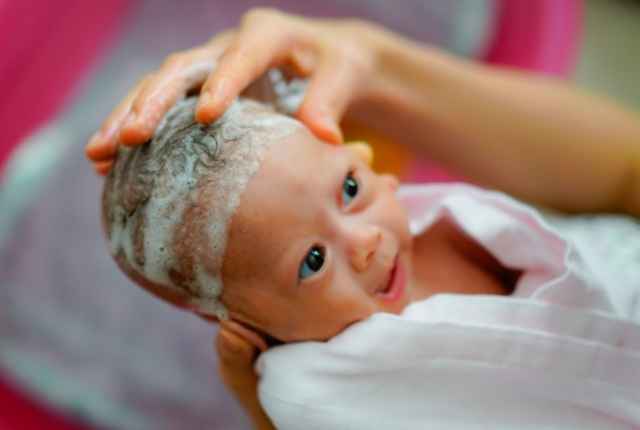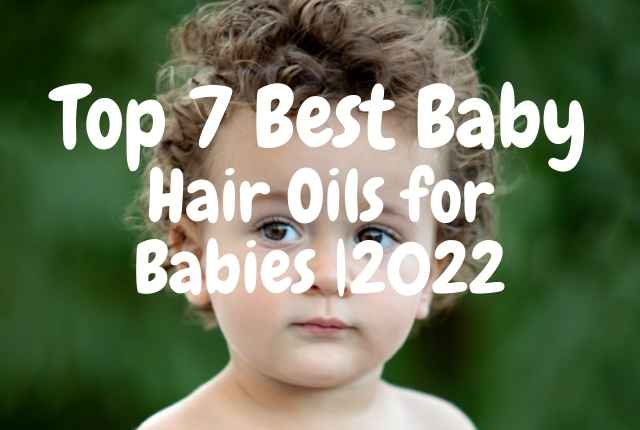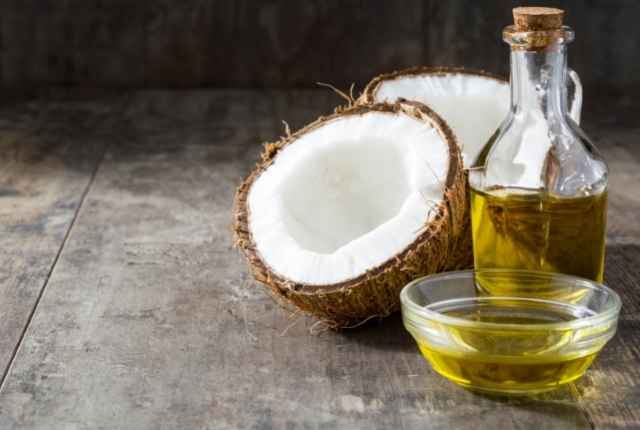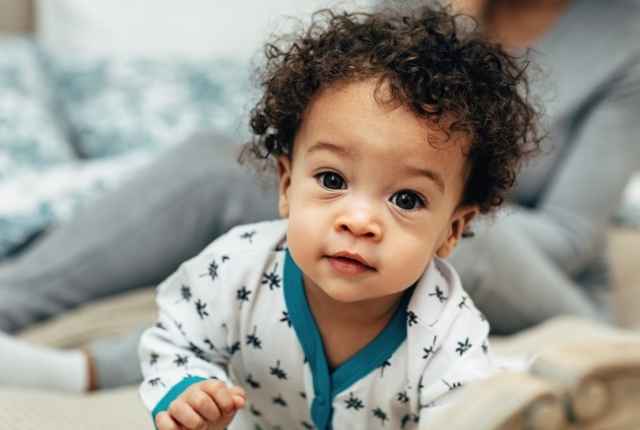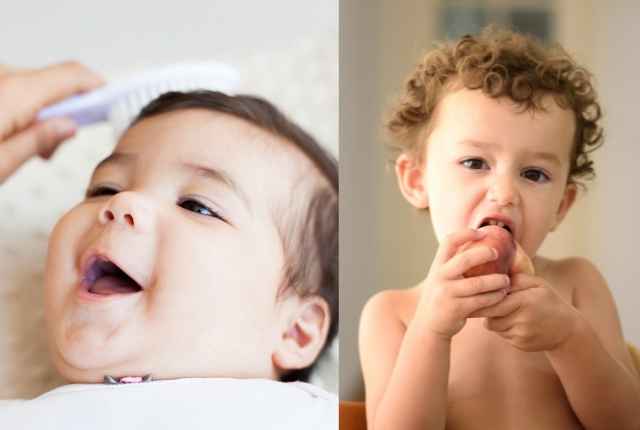If you’ve ever wondered if your baby will have curly hair, there are signs to watch for.
Genetic factors from both parents can enhance the likelihood.
Look for clumping or natural curls early on.
Check for distinct curl patterns or spirals.
A wavy hairline may indicate a predisposition to curls. Pay attention to how their hair reacts to wetness. Thin wispy newborn hair might transform into curls. Observe any changes in their hair texture.
Table of Contents
- Key Takeaways
- 1. Genetics: The Primary Indicator
- 2. Family Tree Traits
- 3. Initial Hair Texture
- 4. The Wavy Hairline
- 5. Reaction to Wetness
- 6. Drying Patterns
- 7. Styling Challenges
- 8. Voluminous Beginnings
- 9. Heartburn During Pregnancy
- 10. Growth and Change
- 11. Curl Pattern Emergence
- 12. Texture Transformations
- 13. Environmental Influences
- 14. Mixed Heritage
- 15. Nutritional Factors
- Hair Care Tips for Curly-Haired Babies
- Understanding Hair Types
- Hair Growth Patterns in Infants
- Hair Milestones in Early Childhood
- Common Hair Concerns in Infancy and Early Childhood
- Curly Hair and Cultural Identity
- FAQ
- How do you tell what type of hair your baby will have?
- What are the different types of baby hair textures?
- Can babies hair change from straight to curly?
- How can I improve my baby’s hair texture?
- Why is baby hair so soft?
- Do newborns come out with curly hair?
- What causes my child to have curly hair?
- What can make your baby’s hair curly?
- Will my baby have thick curls?
- How to tell if baby curls will stay?
- How Do You Care for Your Baby’s Curly Hair?
- What are the best curly hair products for Babies in 2024
- Conclusion
- READ NEXT
Key Takeaways
- Genetic predisposition from curly-haired parents increases likelihood.
- Observation of natural curls or waves in baby’s hair.
- Early signs such as a wavy hairline or defined curl patterns.
- Environmental factors like humidity influencing curl development.
- Mixed heritage can lead to unique and beautiful curl patterns.
In our opinion, we are giving below the 15 Proven signs that your baby will have beautiful curly hair.
1. Genetics: The Primary Indicator
The presence of curly hair genes in both parents greatly enhances the likelihood.
READ ALSO: Did you know that your baby’s hair texture can change? – When Does Baby Hair Texture Change? Questions a Parent Might Ask
Curly hair is a result of particular genes that are handed down from parents. These genes typically have a much stronger influence. To put it into perspective, if both parents have curly hair, their child is more likely to share the same hair type. Just imagine these genes as a recipe, where a strong dose of curly hair genes makes it more probable that the baby will have curls. The main aspect shaping the texture of your baby's hair is genetics. If one parent gives these key curly hair genes, the child might also have curls. So, if you and your partner have curly hair, don't be surprised if your little one's locks start to take on a similar shape!
2. Family Tree Traits
Curly hair traits in a baby can often be traced back through their family tree, shedding light on potential curly hair inheritance patterns. Family traits play a significant role in determining the likelihood of a baby having curly hair.
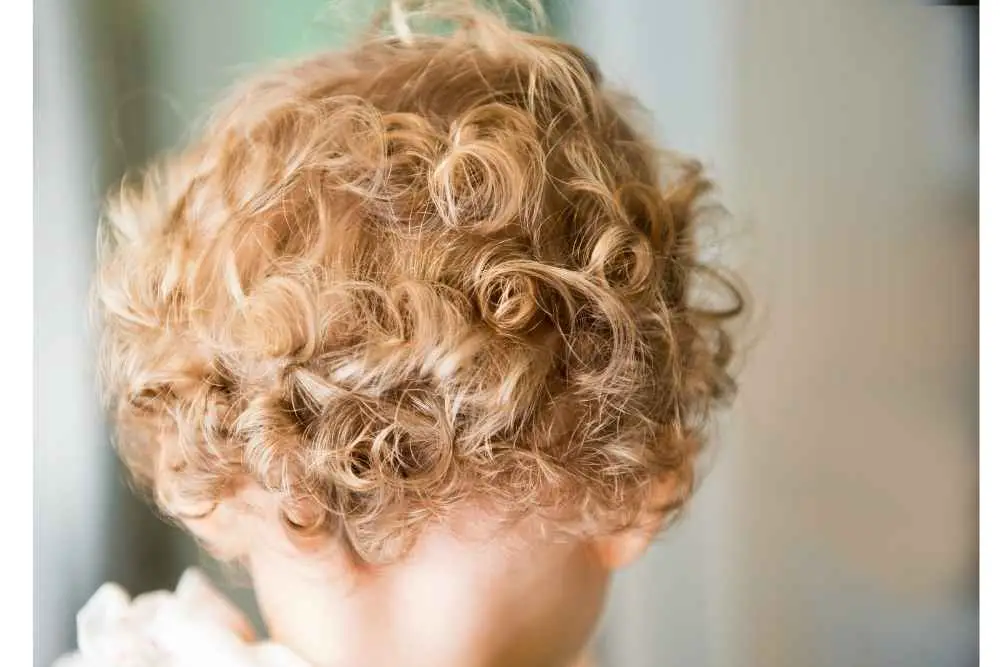
Ancestors’ hair types can influence the curly traits present in a newborn, as curly hair increase within a family can indicate a genetic predisposition. Curly hair is considered a complex trait, influenced by multiple genes inherited from both parents.
When both parents carry these curly genes, there’s a higher probability of the baby expressing curly hair characteristics.
That said, a baby can still get curly hair even when both parents have straight hair.
This is possible because their parents may be carrying curly hair genes from their ancestors.
3. Initial Hair Texture
Examining the infant’s hair texture shortly after birth can provide early indications of potential curly hair development. Newborn hair is often very fine and can appear wispy, but if you notice that your baby’s hair tends to clump together or form natural curls even when wet, this could be a sign of future curly locks.
Pay attention to any curly hair patterns that may emerge, such as spirals or waves, as these can give insight into how your baby’s hair will grow. The appearance of curls at such a young age suggests that your little one may have a predisposition to developing curly hair as they get older.
Keep observing as your baby grows to see how their natural curls progress.
4. The Wavy Hairline
An irregular or wavy hairline on a baby may suggest a predisposition to developing curly hair.
The presence of a wavy hairline, characterized by small peaks and valleys along the forehead, could indicate the potential for adorable curls to emerge as the baby’s hair grows.
This uneven hairline may be an early indicator of the curly hair pattern that could manifest as the baby gets older.
If you notice this trait in your little one, it might be a sign to start considering curly hair products and solutions for their future hair care needs.
5. Reaction to Wetness
When observing for signs of curly hair,see how it reacts to wetness as this may offer insights into its future texture.
Wet hair can reveal important details about hair characteristics, such as elasticity and potential for curliness.
Babies born with curly hair tend to show more defined curls even when their hair is wet, whereas straight hair might maintain a sleek appearance.
Additionally, the level of frizziness when the hair is wet can suggest the natural texture it will exhibit when dry.
6. Drying Patterns
Observing how a baby’s hair dries in loops can serve as a potential indicator of future curly hair development. The way a baby’s hair dries can hint at the curl pattern they may develop.
Delicate curls often start to form as the baby’s hair dries, showcasing early signs of bouncy curls.
7. Styling Challenges
Identifying styling challenges can serve as a valuable indication that a baby is likely to have curly hair.
It is very difficult to make a parting in their hair.
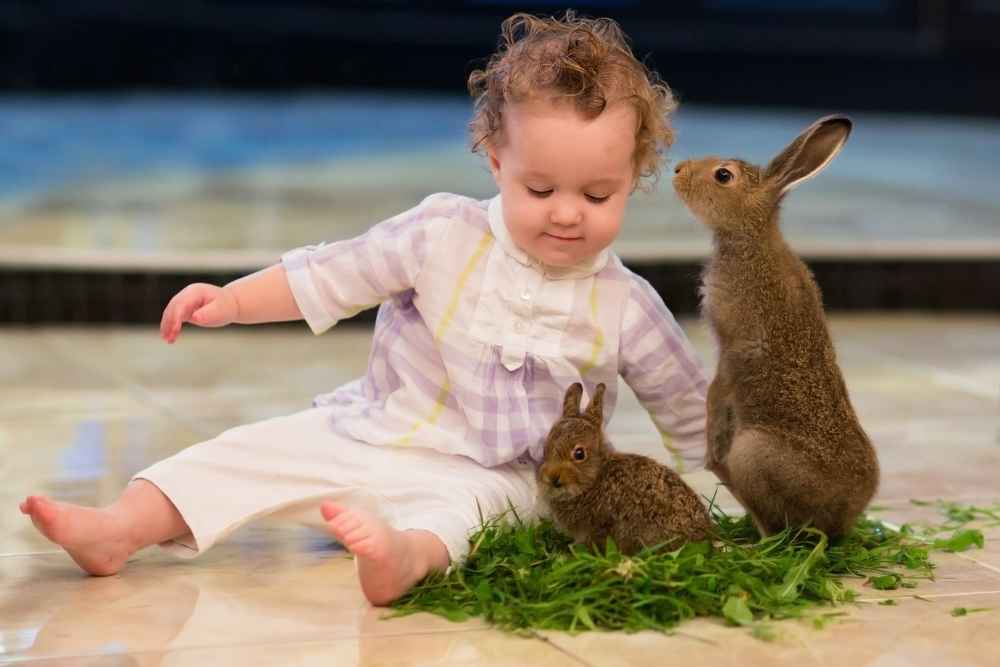
If you find that your baby’s hair is prone to tangling easily, requires more moisture to stay manageable, or has a tendency to frizz up in humid conditions, these could all be signs.
8. Voluminous Beginnings
To check signs baby will have curly hair, consider the connection between voluminous beginnings and the probability of developing curls.
The volume of a baby’s hair at an early age can indicate the potential for curly hair.
This correlation between volume and curls suggests that if a baby has thick, voluminous hair from the start, there’s a higher likelihood that this hair will develop into curly locks.
9. Heartburn During Pregnancy
The correlation between experiencing severe heartburn during pregnancy and the likelihood of your baby having curly hair has been a topic of interest due to an old wives’ tale.
Some believe that heartburn during pregnancy signifies that your baby might be born with a head full of gorgeous curls.
While this tale is intriguing, there’s no scientific evidence to support a direct link between heartburn and the type of hair a baby will have.
So, while heartburn during pregnancy gave rise to this belief, the actual outcome of your baby’s toddler hair will depend on a combination of genetic factors and other influences.
READ ALSO : Want to know if your baby’s hair can change from straight to curly?- Can a Baby’s Hair Change from Straight to Curly?
10. Growth and Change
If your baby’s hair starts to show distinct curl patterns or coils as they grow, it could be an early indication that they’ll have curly hair. Monitoring how their head of hair evolves over the first few months of age is important.
As your baby grows, you may notice a crop of hair that appears different from their initial baby hair. This new growth may indicate the beginning of stronger hair with a range of hair textures, potentially including curls.
Additionally, observing how their hair reacts to moisture and styling can provide insight into its future tendencies.
Keep an eye out for any signs of dry hair or any changes in texture, as these could also be signs of curly hair development.
11. Curl Pattern Emergence
Observing the hair of your baby closely during their infancy can reveal early indicators of potential curly hair development. The emergence of distinct curl patterns typically begins to show around 6 months to a year of age.
Babies with straight hair may maintain their sleek texture, while those with wavy hair might start to exhibit slight bends or waves. If your baby’s hair starts forming spirals or coils, this could be a strong indication of future curly locks.
Keep in mind that the curl pattern can evolve as your baby grows, influenced by genetics and environmental factors.
Monitoring these changes can help you anticipate whether your little one will embrace a full head of curls or maintain a different hair texture.
12. Texture Transformations
Through careful observation and analysis of your baby’s hair during the first two years of life, you can witness potential texture transformations that may indicate the development of curly hair.
Initially, your baby’s hair may appear straight or even have a slightly wavy texture. However, as time progresses, you might notice a shift towards a more defined curl pattern. This transformation could manifest as tighter coils or looser waves, signaling the onset of curly hair.
Pay attention to any changes in the thickness and springiness of the hair strands, as these could be early signs of curly hair development.
13. Environmental Influences
Environmental factors can greatly influence the development of curly hair in babies, impacting the texture and pattern of their hair strands.
Exposure to different climates and levels of humidity can play a role in how a baby’s hair curls. In areas with high humidity, the hair is more prone to frizz and curling due to the moisture in the air penetrating the hair shaft.
Additionally, the use of certain hair products or styling techniques can also affect the curl pattern.
Harsh chemicals in products or excessive heat from styling tools can alter the natural curl formation.
Consequently, being mindful of the environmental conditions and products used on a baby’s hair can help maintain and enhance their curly hair texture.
14. Mixed Heritage
The diverse genetic background of individuals with mixed heritage greatly influences the natural texture and curl pattern of a baby’s hair. When parents come from different ethnic backgrounds, the genetic combinations can lead to a wide range of hair textures in their offspring.
For example, if one parent has straight hair and the other has curly hair, the baby may inherit a blend of these traits resulting in wavy or curly hair. The mixing of genetic factors from different ethnicities can create unique and beautiful curl patterns that are a reflection of the baby’s diverse heritage.
Understanding the impact of mixed heritage on hair texture can help parents appreciate and care for their baby’s curls in a way that celebrates their rich genetic background.
15. Nutritional Factors
Nutritional factors play an important role in influencing the health and texture of a baby’s hair, potentially indicating whether they’ll have curly hair. A diet rich in essential nutrients like vitamins A, C, D, E, zinc, iron, and omega-3 fatty acids can promote healthy hair growth and strength. These nutrients support the development of strong hair follicles and contribute to the overall health of the scalp, which is essential for maintaining curly hair.
Essential protein intake is also vital for hair health, as hair follicles are primarily made of protein. Ensuring that your baby receives a balanced diet that includes these nutrients can help support the potential for curly hair growth. Remember, consulting with a healthcare provider or nutritionist for personalized advice is always beneficial.
Hair care routines are also very important and can change hair texture over time.
Hair Care Tips for Curly-Haired Babies
Caring for a baby with curly hair might seem daunting at first, but with the right techniques and products, it can be a breeze. Here are a few tips to help maintain those adorable curls:
- Avoid brushing the curls; instead, use a wide-tooth comb or your fingers to detangle when the hair is wet.
- Pat the hair dry with a soft fabric, as using a towel can cause frizz.
- Skip shampooing daily and opt for conditioner-only washing most of the time.
- Trim the curls regularly to prevent tangles and maintain even lengths.
- Use a leave-in conditioner to help lock in moisture and maintain curl definition.
Understanding Hair Types
In order to understand the signs baby will have curly hair, it’s essential to learn about different hair types. Hair texture can be categorized into four main types: straight, wavy, curly, and coily. These types are determined by genetics, with various genes responsible for specific aspects of hair, such as curl pattern and thickness. By understanding the hair types of both parents, you can get a better idea of the possible hair texture your baby may inherit.
Hair Growth Patterns in Infants
A baby’s diet and overall nutrition play a significant role in the growth, texture, and health of their hair. Adequate intake of essential nutrients, such as protein, vitamins, and minerals, is crucial for promoting healthy hair growth. Parents can ensure their baby is getting the necessary nutrients by providing a well-rounded diet, which may help enhance the texture and appearance of their baby’s curly hair.
Hair Milestones in Early Childhood
As children grow, they experience various hair milestones that parents should be prepared for. These milestones might include the emergence of curls, the first haircut, or the transition from baby hair to adult hair. By understanding and anticipating these milestones, parents can better manage their child’s hair care and embrace the changes in their hair texture.
Common Hair Concerns in Infancy and Early Childhood
Parents of curly-haired babies may face some common hair-related concerns, such as cradle cap, hair loss, and tangles. To manage these issues, consider the following:
- For cradle cap, gently massage the scalp with a soft brush or your fingers, and use a mild shampoo specifically designed for babies.
- Hair loss is normal in the first few months, and the hair will eventually grow back.
- To prevent tangles, be gentle when detangling the hair and use a detangling spray or leave-in conditioner to help ease the process.
Curly Hair and Cultural Identity
Curly hair can be an important aspect of cultural identity for some families. It represents a connection to their heritage and can be a source of pride. Parents can help their children embrace and celebrate their curly hair by teaching them about its significance and encouraging self-expression through various hair care routines and styles. This positive reinforcement can foster a sense of confidence and appreciation for their unique hair texture.
FAQ
How do you tell what type of hair your baby will have?
There is no certain way to predict what type of hair your baby will have. However, genetics can play a role in determining hair type. Observing the hair of family members can give an idea of what hair type to expect.
What are the different types of baby hair textures?
Baby hair textures can range from straight to curly, and can also be fine, medium or coarse. Some common hair textures are: straight, wavy, curly, and kinky.
Can babies hair change from straight to curly?
Yes, it is possible for a baby’s hair to change from straight to curly or vice versa as they grow. This can be due to hormonal changes or simply genetics.
How can I improve my baby’s hair texture?
The texture of a baby’s hair is largely determined by genetics and cannot be changed. However, keeping the scalp clean and healthy can promote healthy hair growth. Additionally, using gentle, natural hair care products can help maintain the hair’s natural texture.
Why is baby hair so soft?
Baby hair is soft because it is usually fine and has not been exposed to harsh environmental factors or styling products. Additionally, the scalp produces natural oils that help keep the hair soft and shiny.
Do newborns come out with curly hair?
Most babies do not have curly hair at birth.
But as time goes by, most babies’ hair becomes more curly.
So, don’t worry too much about having curly hair at birth.
What causes my child to have curly hair?
Curly hair is related to genetics. Some babies have curly hair while others don’t.
Curls are also created by environmental factors such as heat, humidity, and stress.
What can make your baby’s hair curly?
Hair can get curly or frizzy because of the humidity and warmth in the environment.
Will my baby have thick curls?
During pregnancy, it is not possible to tell which genes your baby will inherit.
However at 28 weeks , the ultrasound can give you an idea if the baby’s hair is curly or straight.
How to tell if baby curls will stay?
To determine if your baby’s curls will stay, monitor their hair texture as they grow, especially during the first few years. Hair texture may change due to factors like genetics, hormones, and environmental influences. If the curls persist past toddlerhood, it’s more likely they will remain as the child grows older. However, hair texture may still evolve during adolescence due to hormonal changes.
How Do You Care for Your Baby’s Curly Hair?
A curly-haired baby is something to be proud of. Their ringlets are cute to look at compared to other straight-haired babies.
It is difficult to take care of a baby’s curly hair. You have to be careful with what you do when taking care of your baby’s hair.
You have to remember some tips.
You should never brush those Curls.
Curls should be combed with wide tooth combs or fingers when they are wet.
Use a soft fabric to dry their hair . Using a towel to dry the curls cause the curls to frizz.
Avoid using shampoo on the curls every day. Try to skip the shampoo and only use the conditioner.
Keep trimming the curls regularly, so they can stay even. This will prevent any tangles.
Use plenty of conditioners on the curls . Also also use leave-in conditioners, which will remain in the hair
The baby’s hair needs to be short. You can keep the baby’s hair short or shoulder length, as it will grow out later in life.
What are the best curly hair products for Babies in 2024
In our opinion, to find out the best products read this article – Best products for babies with curly hair.
We have suggested a wide range of products which will help you to care for your baby’s curly hair.
Conclusion
Potentially, recognizing the signs of curly hair in a baby can bring anticipation and delight as one awaits the unique characteristics that will unfold.
By observing familial traits, such as curly hair in parents or close relatives, one can speculate on the likelihood of the baby inheriting these curls.
Examining the texture of the baby’s hair, particularly if it’s fine and wispy or showing early signs of waves or ringlets, can further support the hypothesis of curly hair development.
However, it’s essential to understand that hair texture can evolve over time due to various factors, making it challenging to definitively predict the permanence of curls in a baby’s hair.
Despite this uncertainty, the journey of watching a baby’s hair grow and witnessing its potential transformation into lovely curls can be an exciting and heartwarming experience.
Embracing each stage of development with curiosity and joy will indubitably add to the beauty and wonder of welcoming a new member into the family.
READ NEXT
How to wash baby hair without getting water in the eyes
Babies are sensitive to eye infections and they can cause serious problems in the future….
Top 7 Best Baby Hair Oils for Babies |2022
Baby hair oil is a very important product for babies. It is an essential part…
Coconut Oil for Babies Hair – An Essential Guide
What is Coconut Oil? Coconut oil is a natural hair care product that is used…
9 Best Curly Hair Products for Babies in 2024
If your baby has curly hair, I don’t need to tell you how hard its…
Can a Baby’s Hair Change from Straight to Curly?
One of the common questions that I see in natural hair forums include ‘how come…
When Does Baby Hair Texture Change? Questions a Parent Might Ask
If you have a baby, then it is likely that you are curious about what…


